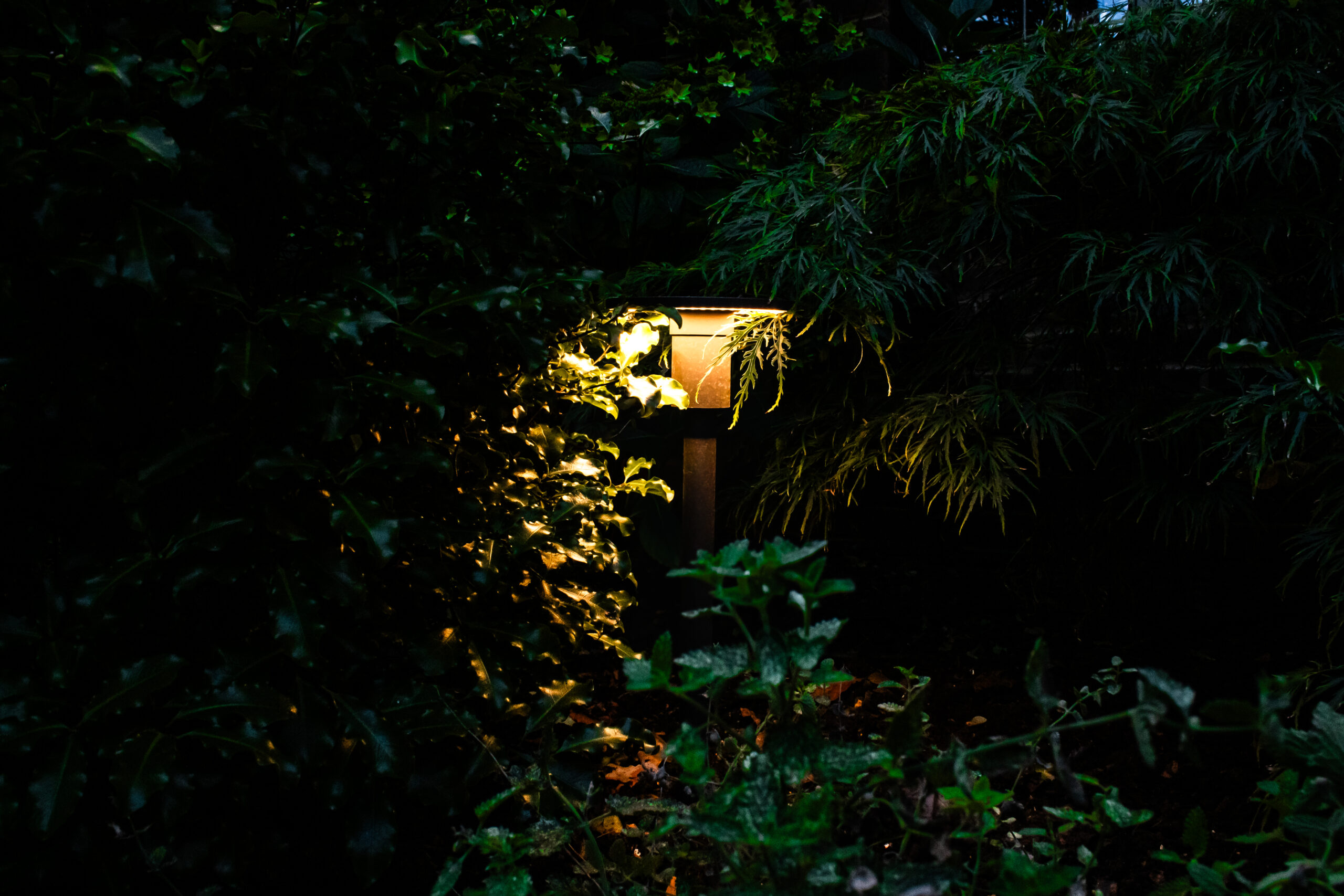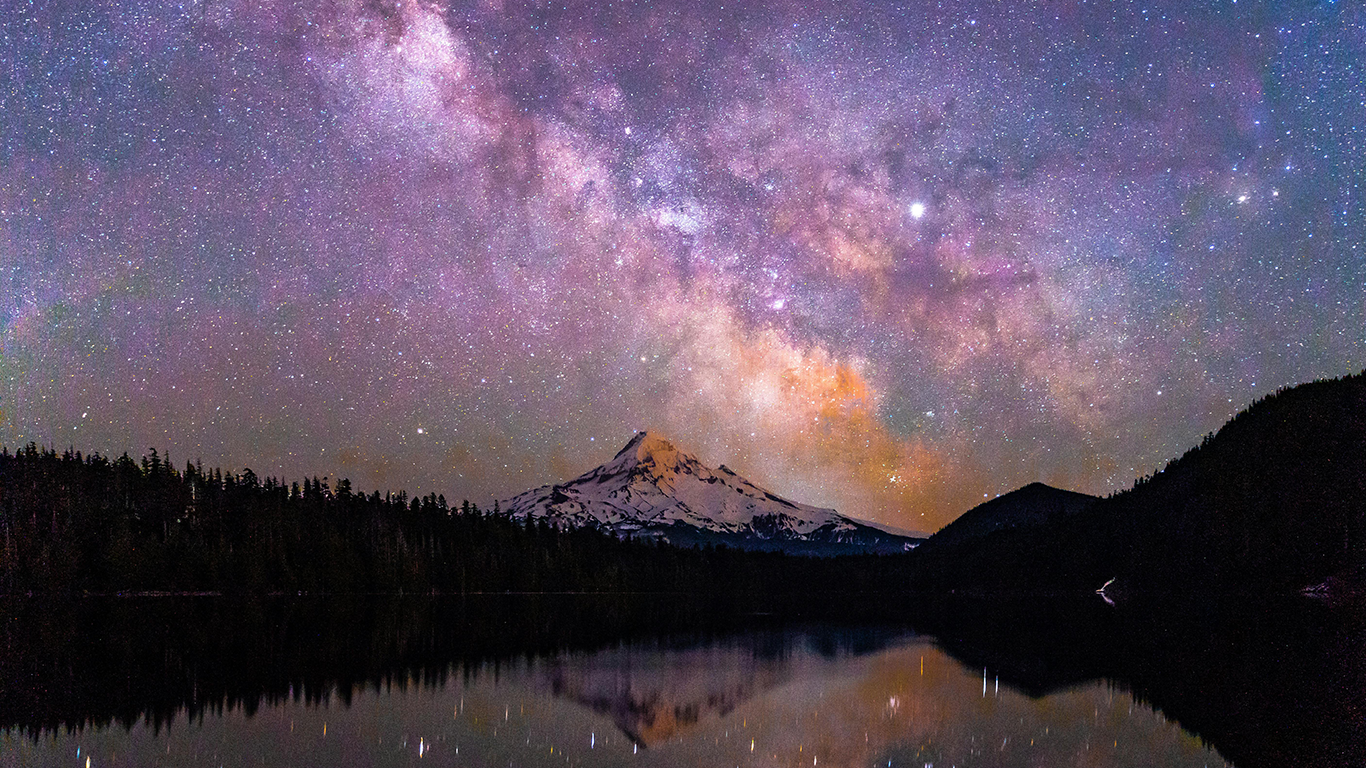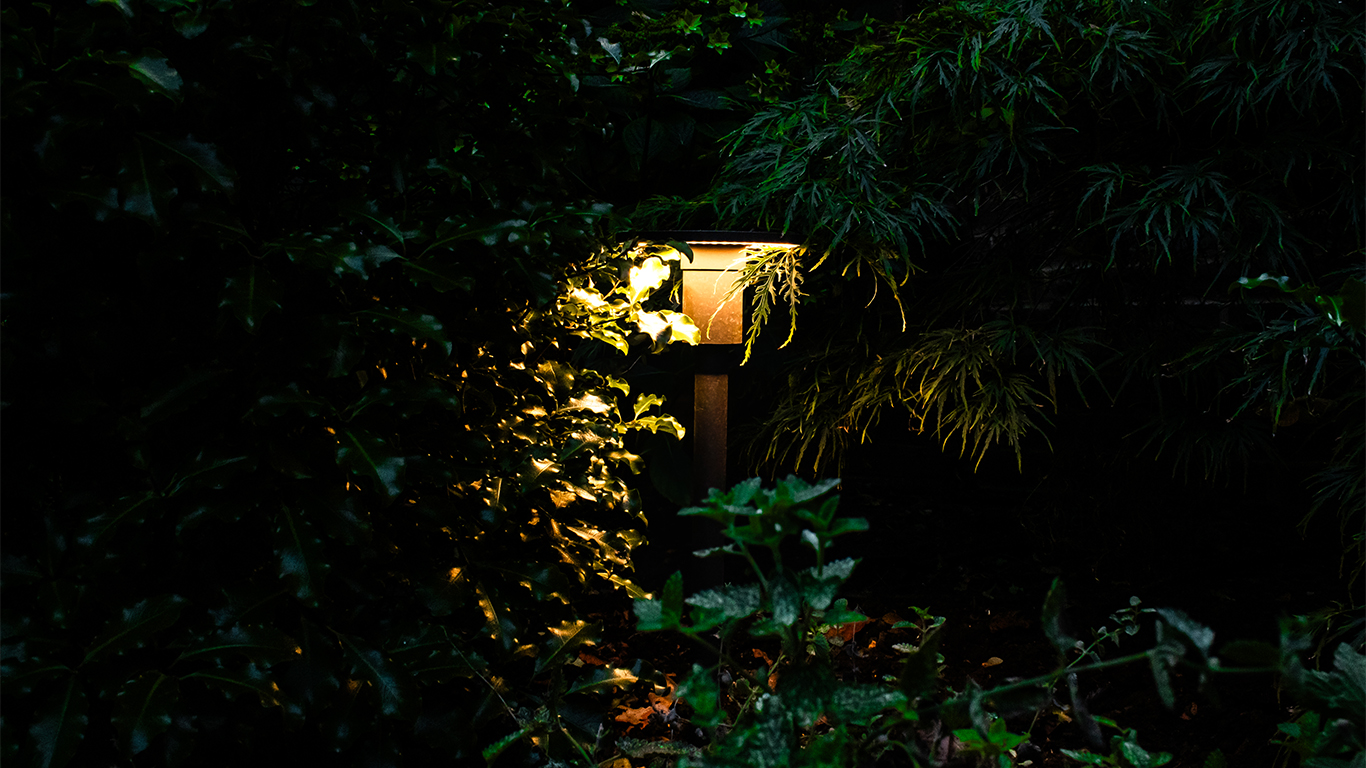In an age where urbanisation and technological advancements illuminate our cities around the clock, the natural darkness of night skies is becoming increasingly rare. This loss not only affects our ability to appreciate the starry canopy above but also has significant implications for wildlife, human health, and environmental sustainability. The UK’s Dark Sky Policy addresses these concerns by promoting responsible outdoor lighting practices. One crucial aspect of this initiative is the colour temperature of light fittings, specifically using only 2700K in light fittings.
The UK’s Dark Sky Policy : An Overview
The UK’s Dark Sky Policy is part of a broader effort to preserve and protect the natural night environment. This policy encompasses several key strategies:
- Reducing Light Pollution: By minimising unnecessary outdoor lighting, the policy aims to decrease light pollution, allowing clearer views of the night sky.
- Encouraging Energy Efficiency: Efficient lighting solutions not only reduce light pollution but also lower energy consumption and carbon emissions.
- Supporting Biodiversity: The policy promotes lighting practices that are less disruptive to nocturnal wildlife, ensuring ecosystems remain balanced.
- Enhancing Public Health: Exposure to artificial light at night can disrupt human circadian rhythms, leading to various health issues. The policy seeks to mitigate these effects by promoting appropriate lighting.
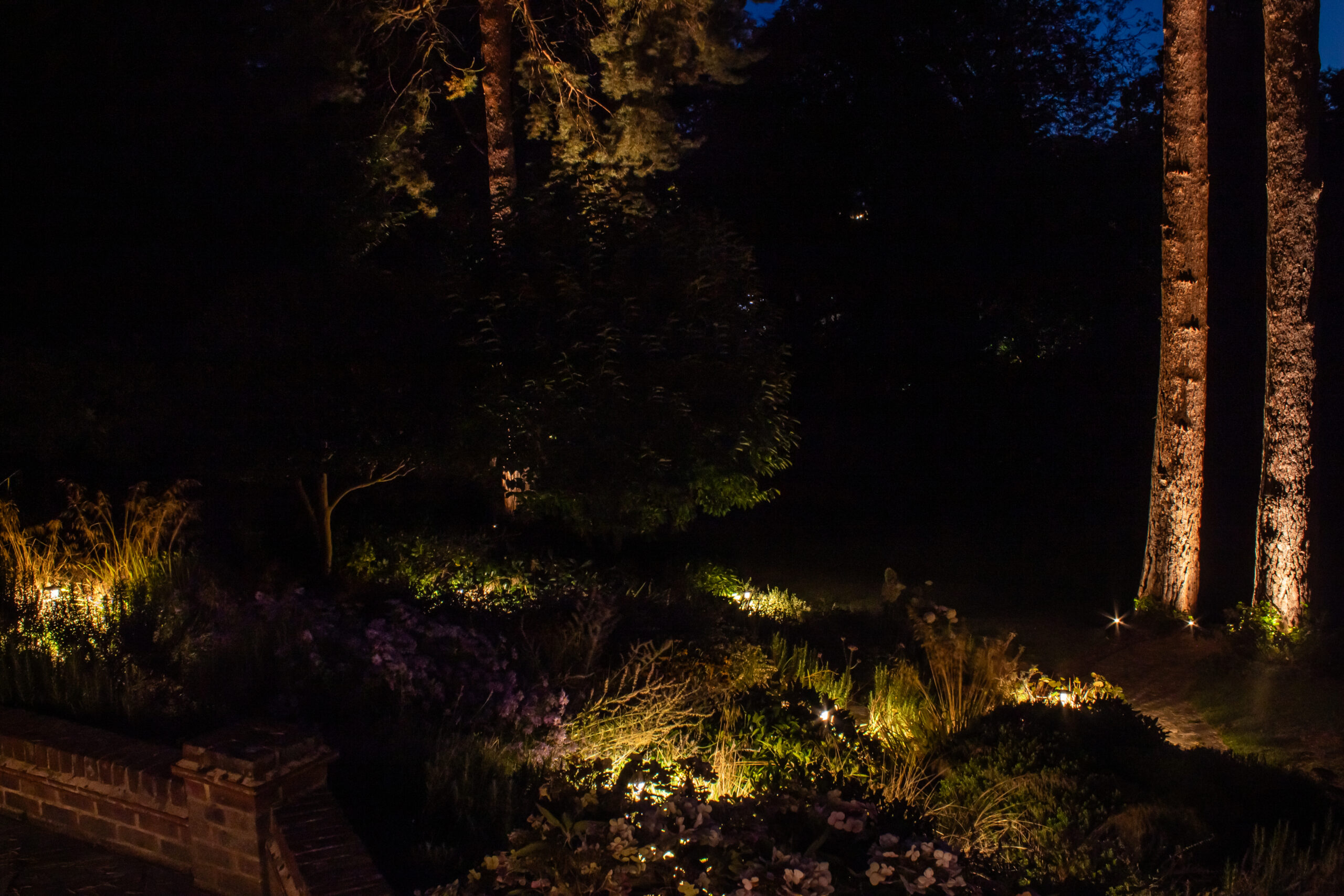
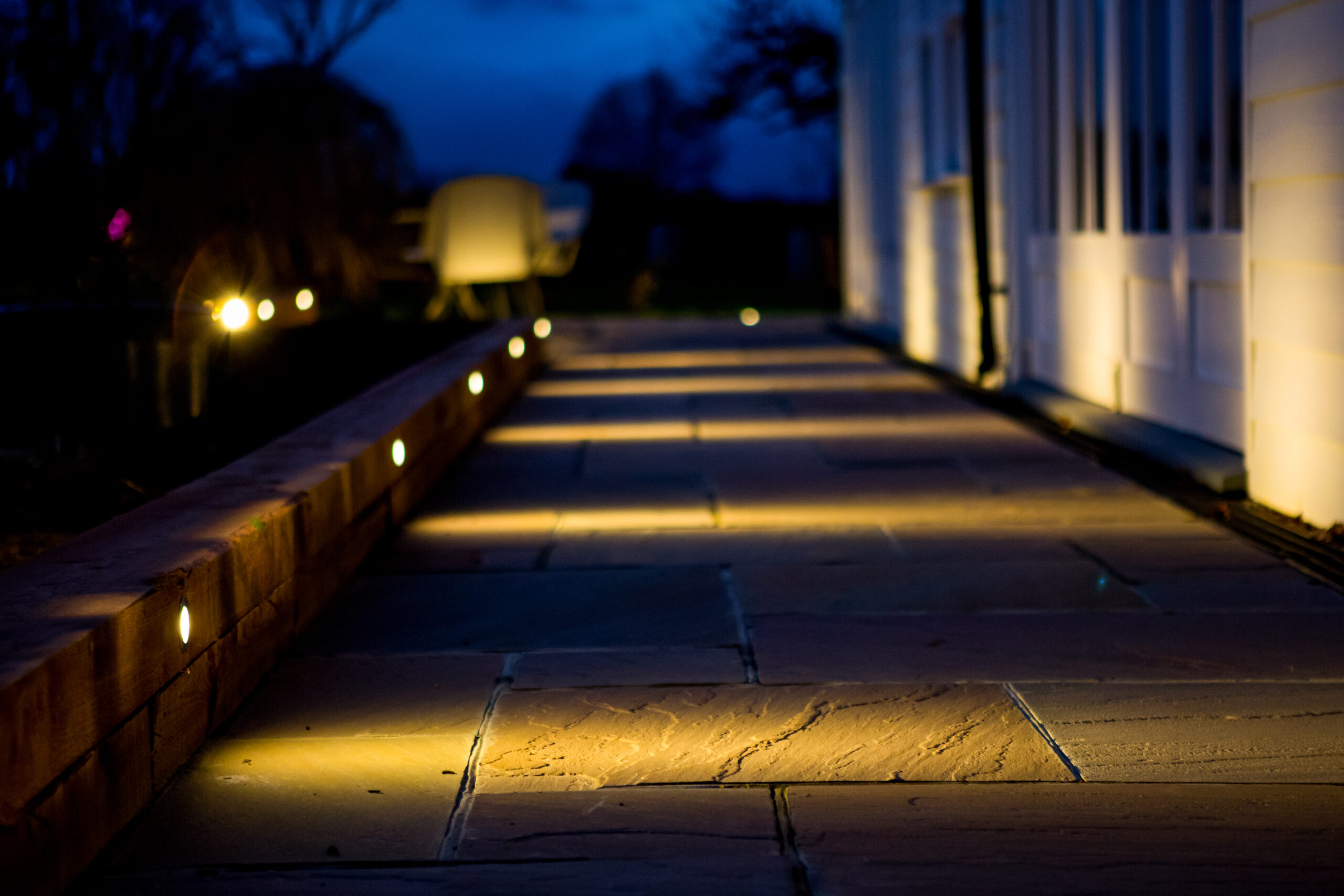
The Significance of 2700K in Exterior Light Fittings
A critical component of the UK’s Dark Sky Policy is the recommendation to use exterior light fittings with a colour temperature of 2700K. Here’s why this specific choice is important:
Reducing Light Pollution
Color temperature, measured in Kelvins (K), indicates the hue of a light source. Lower temperatures (2700K) emit a warm, amber light, while higher temperatures (above 4000K) produce a cooler, blue-white light. Warm lighting at 2700K is less likely to scatter in the atmosphere and cause the artificial brightening of the night sky. This reduction in light pollution makes it easier to observe stars and other celestial bodies.
Minimising Disruption to Wildlife
Nocturnal animals have evolved to thrive in natural darkness. Artificial lighting, especially blue-rich white lights, can disrupt their behaviour, migration patterns, and feeding habits. Warm 2700K lights are less intrusive. They help to preserve the natural behaviour and habitats of wildlife, particularly insects, birds, and mammals.
Promoting Human Health
Exposure to blue light at night can interfere with human circadian rhythms, affecting sleep quality and overall health. Warm light at 2700K mimics the natural hues of sunset. They are less likely to disrupt our internal clocks. This can lead to better sleep patterns and improved well-being.
Enhancing Aesthetic Appeal
Warm lighting is often perceived as more aesthetically pleasing and inviting. It can create a cosy and comfortable ambience for outdoor spaces, enhancing the beauty of architectural features and landscapes without overpowering the natural environment.
It is part of our responsibility as habitants of this planet to ensure we are doing all we can to ensure the longevity of our natural world for years to come. Therefore, Lighting of London will only sell our exterior light fittings at 2700K. By promoting the use of exterior light fittings with a colour temperature of 2700K, the policy not only enhances our ability to enjoy the beauty of the night sky but also supports wildlife, improves human health, and fosters sustainable living. As we continue to navigate the challenges of modern urbanisation, embracing such initiatives will be crucial in ensuring a harmonious balance between progress and preserving our natural world.
